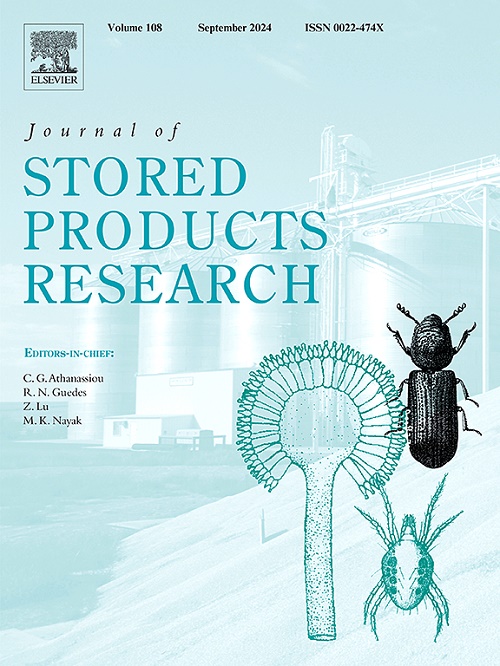Losses in agricultural produce: A review of causes and solutions, with a specific focus on grain crops
IF 2.7
2区 农林科学
Q1 ENTOMOLOGY
引用次数: 0
Abstract
Losses in agricultural produce, particularly in grain crops, have a significant impact on society, the economy, and the environment. Despite efforts to increase yields, poor practices before and after harvesting often lead to losses that threaten food and nutrition security. These losses also waste vital resources such as water, land, and energy used in crop production. It is argued that reducing losses is more important and cost-effective than simply focusing on increasing production. Understanding the factors, locations, and types of losses is crucial for developing effective control strategies, requiring specialized research and analysis. Raising public awareness about the causes and prevention of agricultural produce losses is essential. While many studies focus on fruit and vegetables, grain crop losses are often overlooked despite accounting for over 50% of caloric value. This study aims to overview agricultural crop losses, specifically in grain crops, by examining the different types of losses that happen before, during, and after harvesting. This evaluation encompasses a comprehensive look at the supply chain, identifying points where losses occur and investigating their causes. The study also explores potential strategies to mitigate these losses, highlighting effective solutions to improve efficiency and reduce loss throughout the grain supply chain. Taking a holistic approach to this issue can improve food and nutrition security, reduce financial losses, and establish a more sustainable and efficient agricultural system.
求助全文
约1分钟内获得全文
求助全文
来源期刊
CiteScore
5.70
自引率
18.50%
发文量
112
审稿时长
45 days
期刊介绍:
The Journal of Stored Products Research provides an international medium for the publication of both reviews and original results from laboratory and field studies on the preservation and safety of stored products, notably food stocks, covering storage-related problems from the producer through the supply chain to the consumer. Stored products are characterised by having relatively low moisture content and include raw and semi-processed foods, animal feedstuffs, and a range of other durable items, including materials such as clothing or museum artefacts.

 求助内容:
求助内容: 应助结果提醒方式:
应助结果提醒方式:


